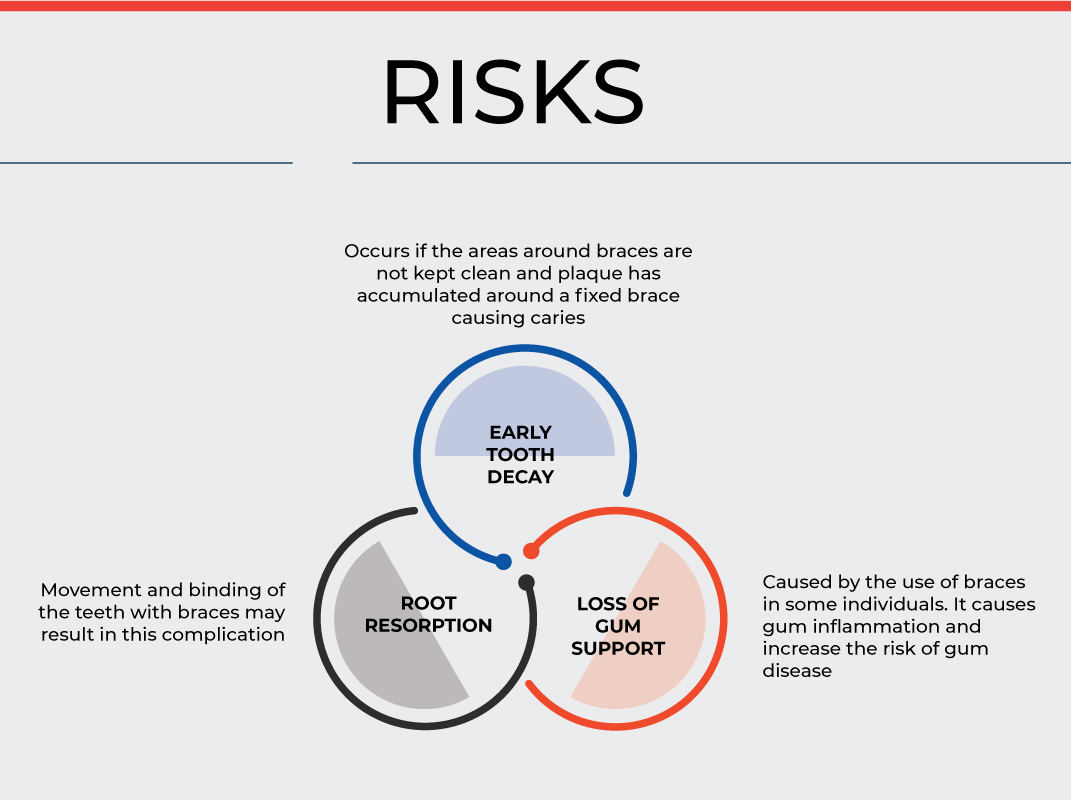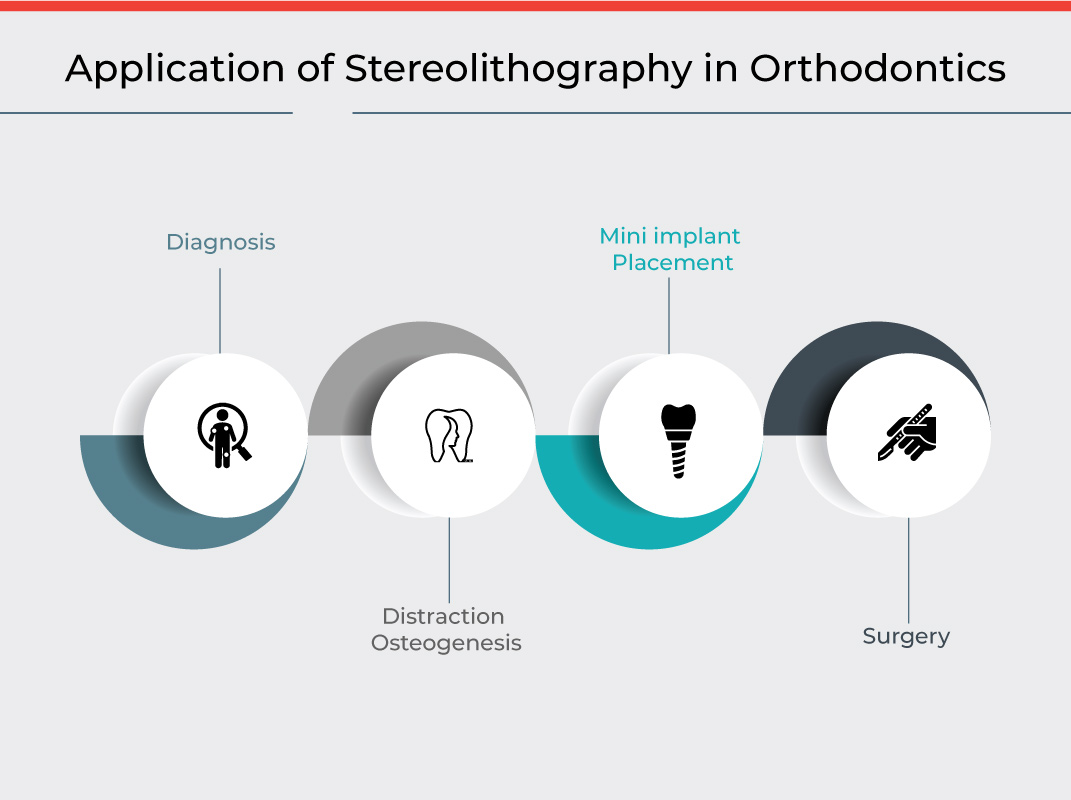New opportunities in dentistry are being made possible by the availability of 3D dental model scanning technology, improvements in digital imaging systems, computer-assisted design, and computer-aided manufacturing technology. Model construction is an engineering research clip that serves as a design step in developing ideas and introducing new steps. The creation of mandibles using stereolithographic models allows for the measurement of asymmetrical forms and linear and angular dimensions. More accurate, better visualization of intricate anatomical structures and sophisticated pre-surgical planning using a simulated understanding of the operations to be done are just a few benefits. For numerous complex cases of orthognathic surgery, an evaluation of the interdependence of different tissues is essential. Thus, the stereolithographic methods that incorporate the digital dental casts available to display the facial skeleton and dentition offer an improved visualization of these structures.
Stereolithography apparatus (SLA) technologies have also been used to create surgical guides that guarantee accurate implant positioning within patients. The surgical procedure depends on these guides, which are usually used to direct implant drilling and placement systems. By enhancing the implant device's final functional performance, custom surgical guides with SLA can significantly improve surgical outcomes. The dependability of surgical guides produced using stereolithography was demonstrated by the considerably lower mean angular deviation obtained for implants placed with an SLA surgical guide as compared to implants placed without an SLA surgical guide. These studies shown that patient-specific surgical guides can be produced quickly and precisely with the help of stereolithography, ensuring high-quality preoperative planning and precise case-by-case surgical execution.
What is Orthodontics?
Orthodontics is the branch of dentistry that primarily focuses on diagnosing and treating "bad bites" also known as malocclusion. Some of the common orthodontic treatments involve clear aligners, braces, and retainers. The way our teeth fit together has a major impact on oral health. By improving the alignment of the upper and lower teeth, one can minimize the risk for a host of oral health issues, including cavities, gum disease and excessive wear.
Our DBMR team investigated the global malocclusion market and witnessed that the market is growing with the CAGR of 7.07% in the forecast period of 2021 to 2028. It has been witnessed that North America dominates the malocclusion market due to the existence of several dental organizations in the developed countries, and a large number of dental processes carried out in the advanced economies. Further, Europe is anticipated to observe huge amount of growth because of the increasing need for and the concentration in cosmetic dentistry, and also its increasing knowledge of precaution.
To know more about the study, kindly visit: https://www.databridgemarketresearch.com/reports/global-malocclusion-market
Benefits of Orthodontics
Orthodontics has several benefits in improving cosmetic appearance. The benefits of opting for straightening the teeth include:
- Improved function of teeth, such as in better chewing and clearer pronunciation and speech
- Improvement of self-esteem
- Minimized risk of dental caries occurring because of collection of food particles between the teeth
- Minimized risk of gum injury and trauma because of overbites and malocclusions
Risks of Orthodontic Treatment
There are various risks associated with orthodontics treatment that cannot be overlooked despite of its wide usage. In many of the cases the treatment benefits overpower the possible risks and disadvantages:
Some of the risks include:
3D Printing in Dental Implants:
In stereolithography, liquid plastic is transformed into solid things using a stereolithography apparatus (SLA). This one was one of the first 3D printing technologies to become commonly used. With the help of this technique, CAD files are transformed into Standard Tessellation Language (STL) files, which are then used to produce 3D-printed things. Stereolithography, which has since grown to be a prevalent technique in the rapid prototyping business, was used to make the first rapid prototype that was commercially available. For preoperative modeling and surgical simulation, stereolithography has been used in various medical disciplines, including reconstructive surgery, tumor surgery, craniofacial surgery, preprosthetic surgery, orthognathic surgery, and dental implants.
Our DBMR team investigated the global dental implants market and witnessed that the market had a CAGR of 6.90% during the forecast period of 2022-2029. North America dominates the dental implants market because of the high incidence of dental conditions and high awareness among the population within the region. Asia-Pacific (APAC) is expected to witness significant growth during the forecast period of 2022 to 2029 due to the region's increasing economic stability and disposable income.
To know more about the study, kindly visit: https://www.databridgemarketresearch.com/reports/global-dental-implants-market
Application of Stereolithography in Orthodontics
- Application in Diagnosis: Stereolithographic offers diagnostic information analogous to evaluating measurements with different agreement limits. It showed the least mean biases when virtual models were scanned. The virtual scanned models and e-models witnessed strong surface correlation which specified that it could be used interchangeably.
- Application in Distraction Osteogenesis: Mandibular midline distraction osteogenesis is available as a treatment option for mandibular transverse arch deficiency. The surgeon can predict the amount of transverse expansion that can be obtained through this procedure, which was demonstrated by the model study method. Using the three-dimensional stereo lithography model measurements, the mandibular cast is placed on a semi-adjustable articulator. The mandibular model is attached to an articulator using the interocclusal record. The condylar components of the articulator were connected to the right and left mandibular dental pieces through the fabrication of acrylic straps. It offers the surgeon and orthodontist valuable information about the post-expansion relationship of the maxillary and mandibular arches. This also helps in the invitro accuracy of new protocols for planning process and surgical technique for distraction osteogenesis in the mandible.
- Application in Mini Implant Placement: For accurate mini implant placement, stereolithography can be made as a surgical guide. The surgical guide was placed easily intra orally which was simple, accurate and also rapid.
- Application in Surgery:
- In Milling Models of Orthodontics Surgical Treatment of Dysgnathia, diagnosis of craniofacial disharmonies is done by 3-D realization of CT by milling machine and stereolithographic models. Three dimensional milling models were used to confirm the results of the operations involving sagittal splitting of the mandible. This showed remarkable changes in condylar position and anatomy after sagittal splitting of the mandible.
- Application in the Manufacture of Occlusal Splints/ Oral Removable Appliance: This process evaluates the manufacturing of occlusal splints. Modern digital technology allows us to manufacture clinically functional occlusal splints, decreasing cost, dental technicians' time, and chair side time. This was made by taking an impression of upper and lower jaws of a patient, due to crossbite and were of teeth, and then digitalized by table laser scanner. The splint was worn nightly for six months. It was seen that the patient adapted to the splint very well and found it comfortable to use. The splint relieved tension in the patient's bite muscles. No sign of tooth wear or significant splint wear was detected after six months of testing.
Conclusion:
The advancement and availability of stereolithography offer new and novel methods that can be applied in several dentistry fields that are easy to evaluate and very useful for the treatment compared to pre and post-treatment plans. It can be converted to fabricate simultaneously, which is time-consuming. Therefore, the advancement in 3D technology is an asset and should be used appropriately. It was also witnessed from the above information that the use of dental resins and 3D printing enables the in-office fabrication of temporary prosthetics, orthodontic models, surgical guides, retainers, and aligners. With higher accuracy and an ever-expanding list of materials to use for 3D printing, the potential for huge application in clinical dentistry is significant.











